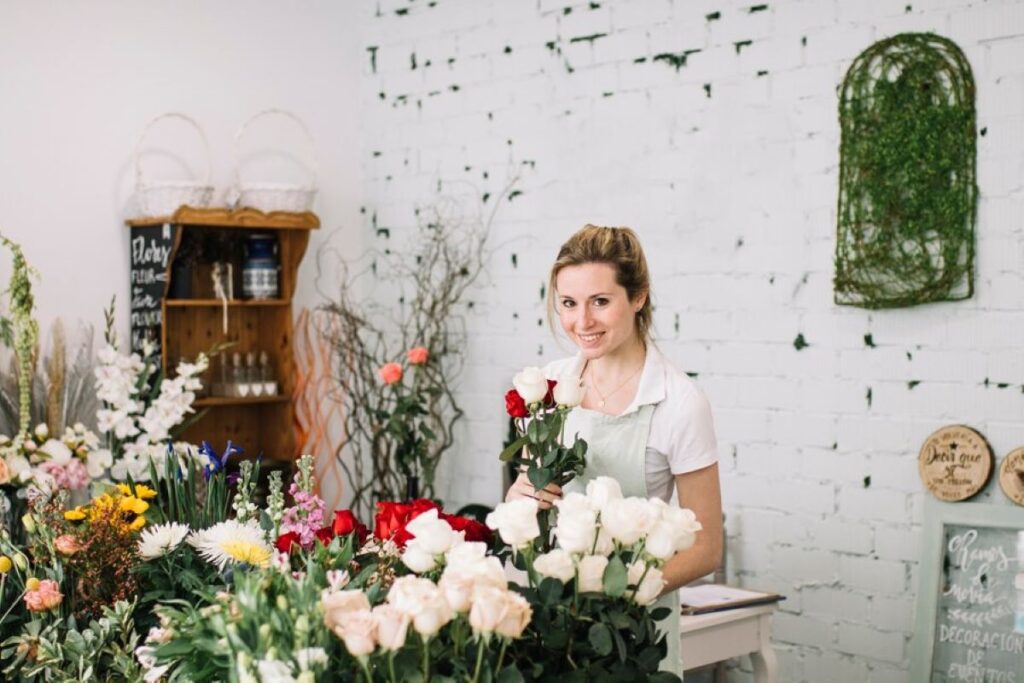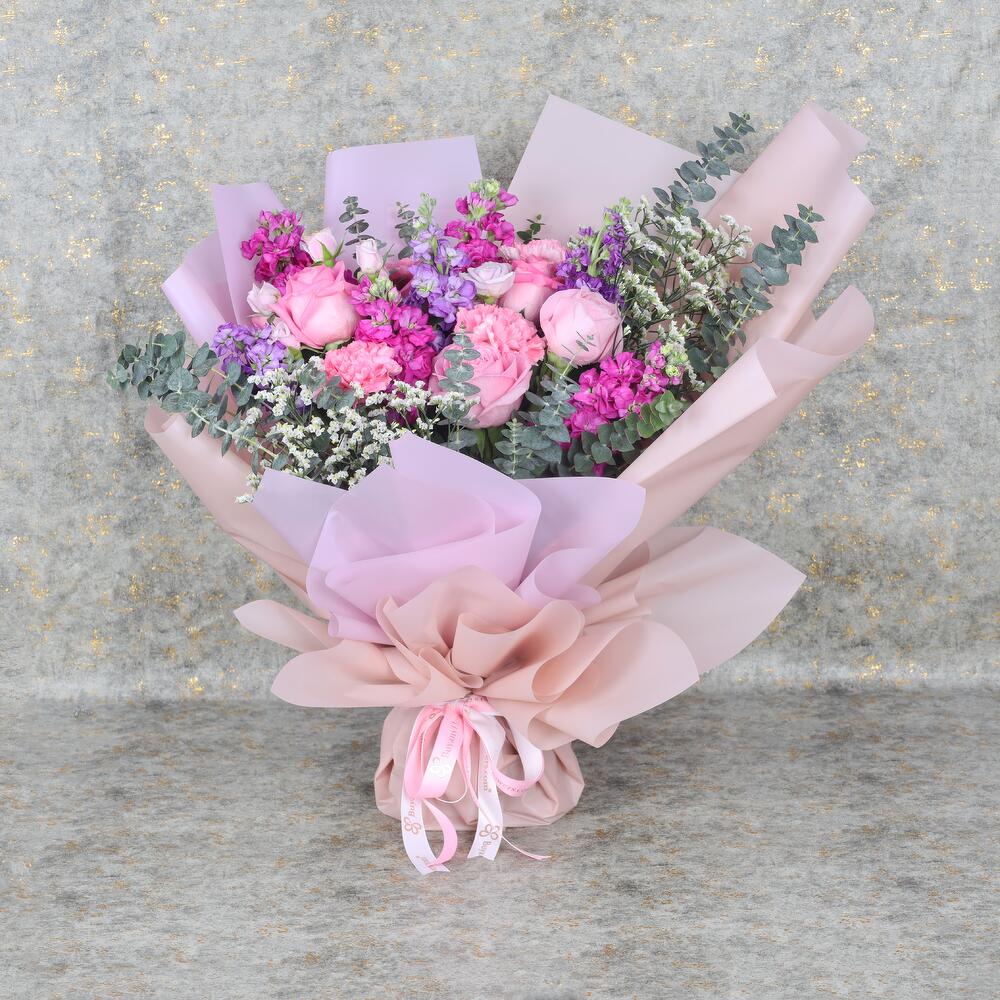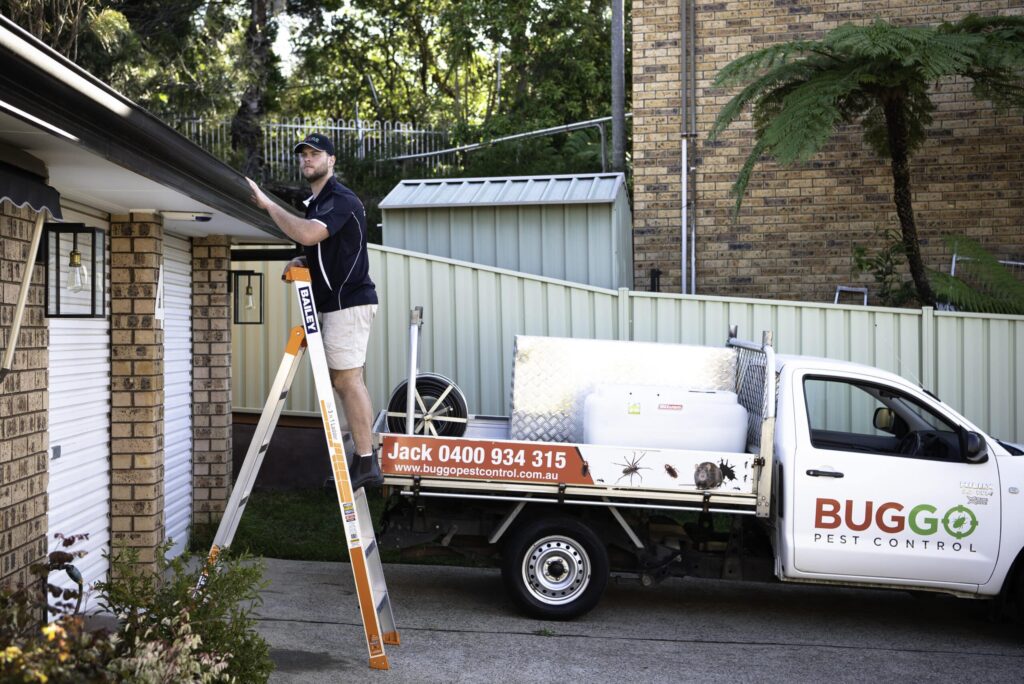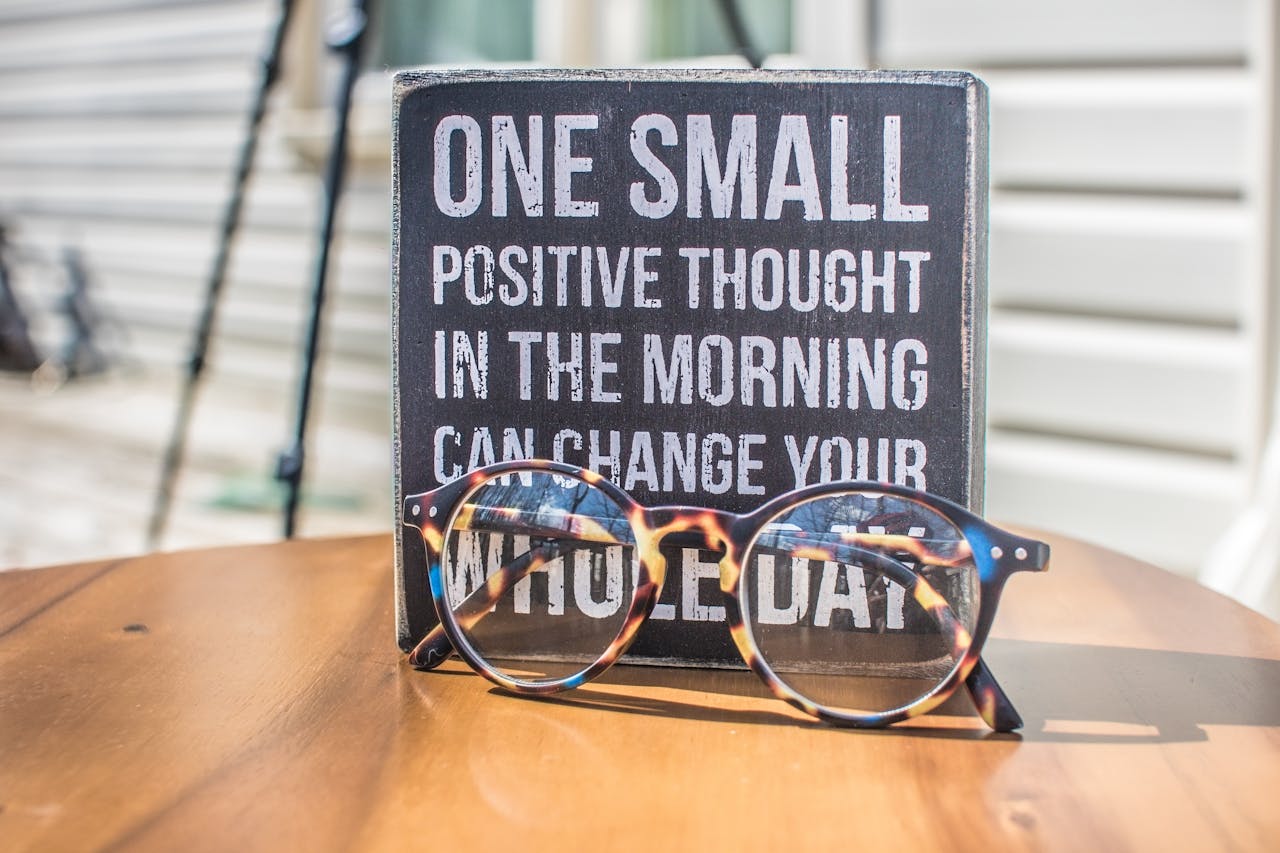
Inspiring Community
Connect with like-minded individuals who share your passion for positivity and joy. Together, we create a supportive environment that fosters happiness and growth.
Expert Guidance
Access practical advice and expert gardening tips to help you nurture beautiful plants and a joyful home. Our resources empower you to cultivate your happiness.
Uplifting Content
Enjoy a variety of motivational stories and insights that inspire positive actions. We believe happiness blooms from sharing uplifting ideas with each other.
Recent Posts
The Best Anniversary Flowers to Celebrate Your Love: A Guide for Every Year
Anniversaries are special milestones in a relationship, celebrating love, commitment, and the journey two people…
Orchids Unveiled: A Guide to Nature’s Most Exotic Flower
Walk through a tropical forest at dawn, and you might spot them—perched on trees, clinging…
Riverview Florists Ideas for Memorable Floral Gifts
Flowers have an innate ability to convey emotions, making them a timeless gift for any…
How Chatswood Florists Make Every Occasion Memorable
In the vibrant suburb of Chatswood, nestled within Sydney’s North Shore, florists play a crucial…
Home Termite Control: DIY vs Professional Treatment in Sydney
Homeowners in Sydney face a constant threat from termites, with these silent destroyers causing an…
Termite Control Eastern Suburbs: Local Solutions for Effective Protection
Living in Sydney’s Eastern Suburbs presents unique challenges when it comes to protecting your property…
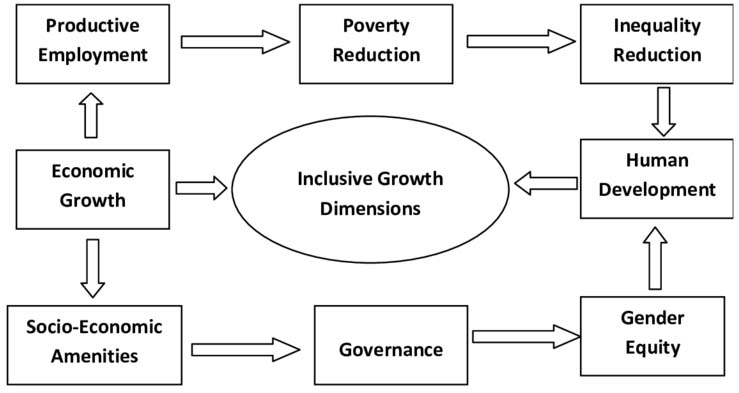
Inspiring Thoughts
Delve into a collection of uplifting quotes and stories that inspire positivity in daily life and foster a joyful mindset.
Gardening Tips
Get expert advice on gardening practices, helping you cultivate beautiful flowers and lush greenery that bring joy to your home.
Positive Action Ideas
Find practical ways to spread happiness through community actions and personal habits that uplift and inspire those around you.
What Our Community Says


